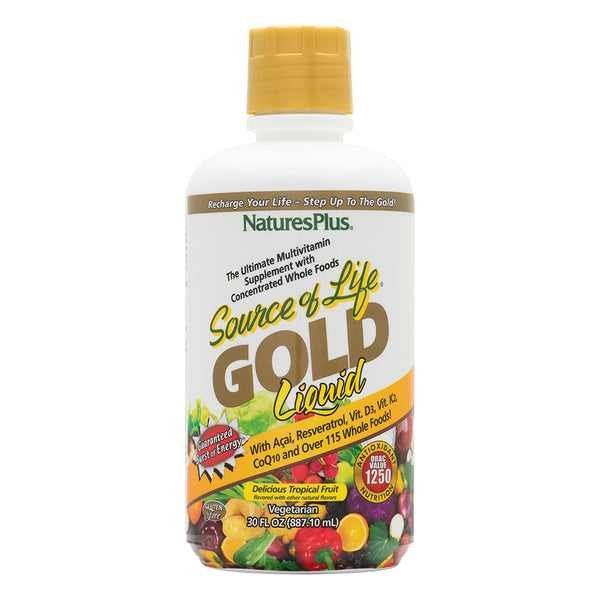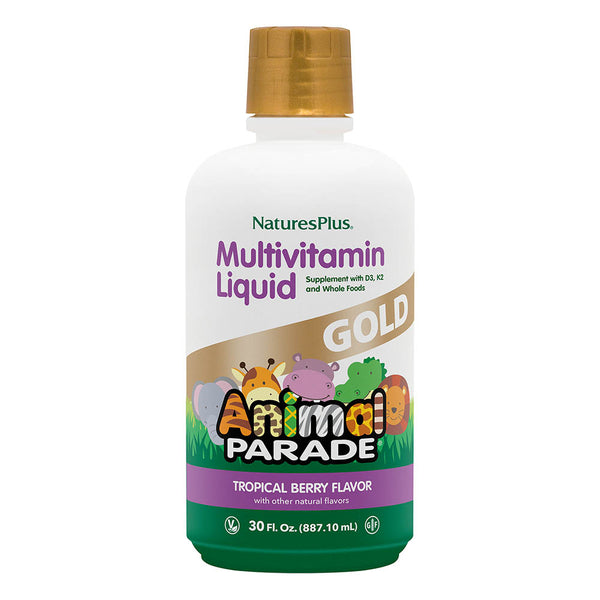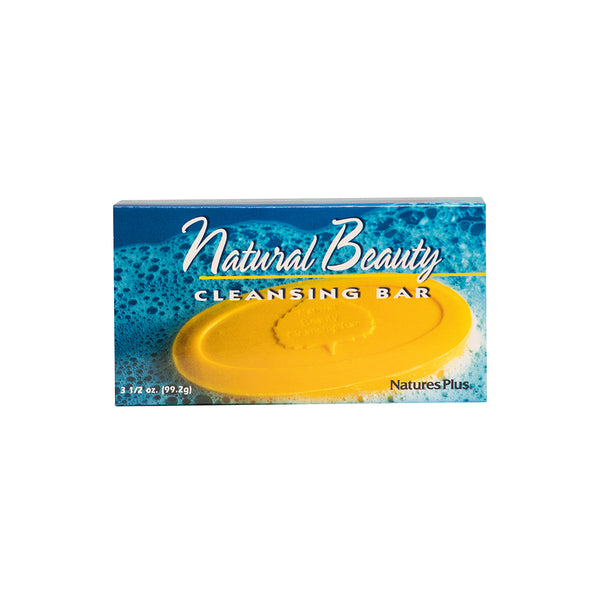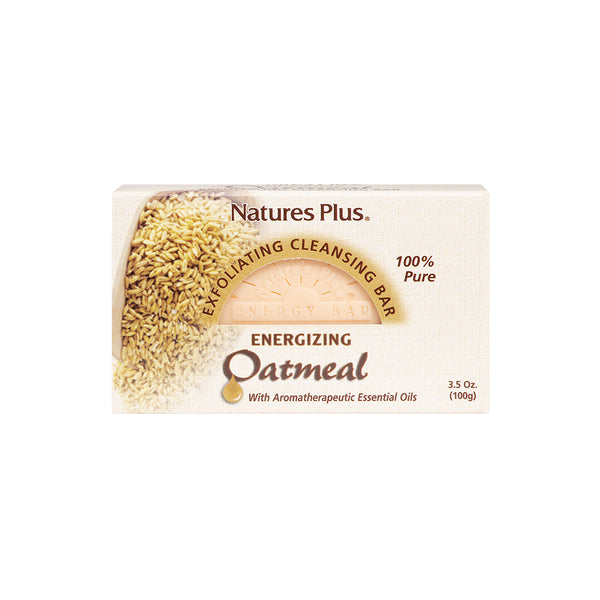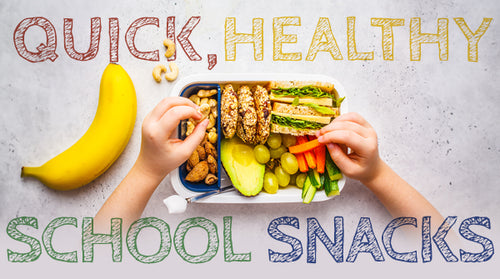Of all the activities related to children's oral health, teaching them how to brush their teeth is the most crucial. Brushing breaks down plaque, a sticky, bacteria-laden substance that can, over time, lead to not only tooth decay but also gum disease. In addition, flossing gets to plaque that hides between teeth and under the gum line.
You should be caring for your children's teeth long before little hands can hold a toothbrush.
In fact, the American Dental Association (ADA) recommends that you bring your baby to the dentist soon after the first tooth comes in and no later than the child's first birthday. During these early visits, ask the dentist about the best way to handle your baby's day-to-day oral care.
Most kids can manage a toothbrush around the same time they learn to tie their laces, around age 6 or so. That's also when the tooth fairy starts making house calls; permanent teeth generally emerge between the ages of 6 and 7.
Here are the best ways to introduce your kids to a lifetime of proper dental care.
Get Child-Friendly Tools
That means an age-appropriate toothbrush and flossers without sharp edges (easier for kids to handle than long strands of regular floss). Let your child pick the toothbrush and flavor of toothpaste. You may even want to consider an electric brush made especially for children, which can supply that little extra boost of plaque-busting power your child doesn't yet have. Replace the brush every three or four months, sooner if the bristles become frayed.
Brush Four Corners, All Sides
That's a simple way of helping your child remember he or she needs to brush all four quadrants of the mouth—up and down, left and right—and all three tooth surfaces: outside, inside, chewing area. The brush should be held at a 45° angle to the gums, and moved back and forth in short, gentle strokes.
Make Toothbrushing a Routine Family Affair
Face it: There are times when you don't feel like brushing your teeth. But the most lasting lessons are taught by example, so make sure that you and your child brush together every morning and every evening—without fail. (That includes time spent out of your usual routine, such as vacations.) The more second nature brushing becomes, the easier it will be to make sure your child is brushing twice a day for two minutes, says the ADA.
And Make It Fun
That two minutes of brushing recommended by the ADA can seem like forever to a young child. So turn it into a game: Play a song your child loves during brush time, use an egg timer filled with colored sand or ask, Which one of us can brush our teeth the best? (Your child always wins, of course.) Or incorporate brushing into a story—maybe one about wielding the toothbrush like a sword to save teeth from the plaque monster. And always praise your child afterwards for doing a great job!
Offer a Reward
Keep a chart and mark off each day of morning and evening brushing. After a week with no missed sessions, reward your child with stickers, the chance to pick a favorite movie or pushing back bedtime by 10 minutes one night—whatever he or she finds most motivating.
Like this article? You’ll love our weekly newsletter
sign up here!
**These statements have not been evaluated by the Food and Drug Administration. This product is not intended to diagnose, treat, cure or prevent any disease.






